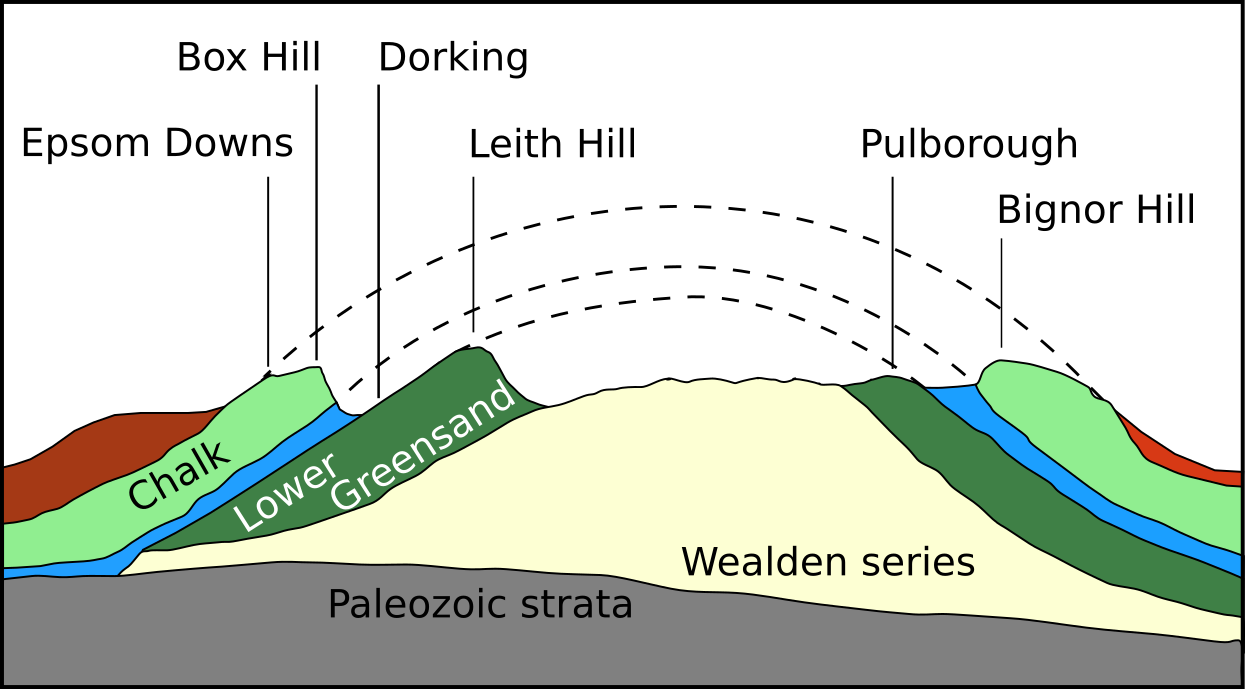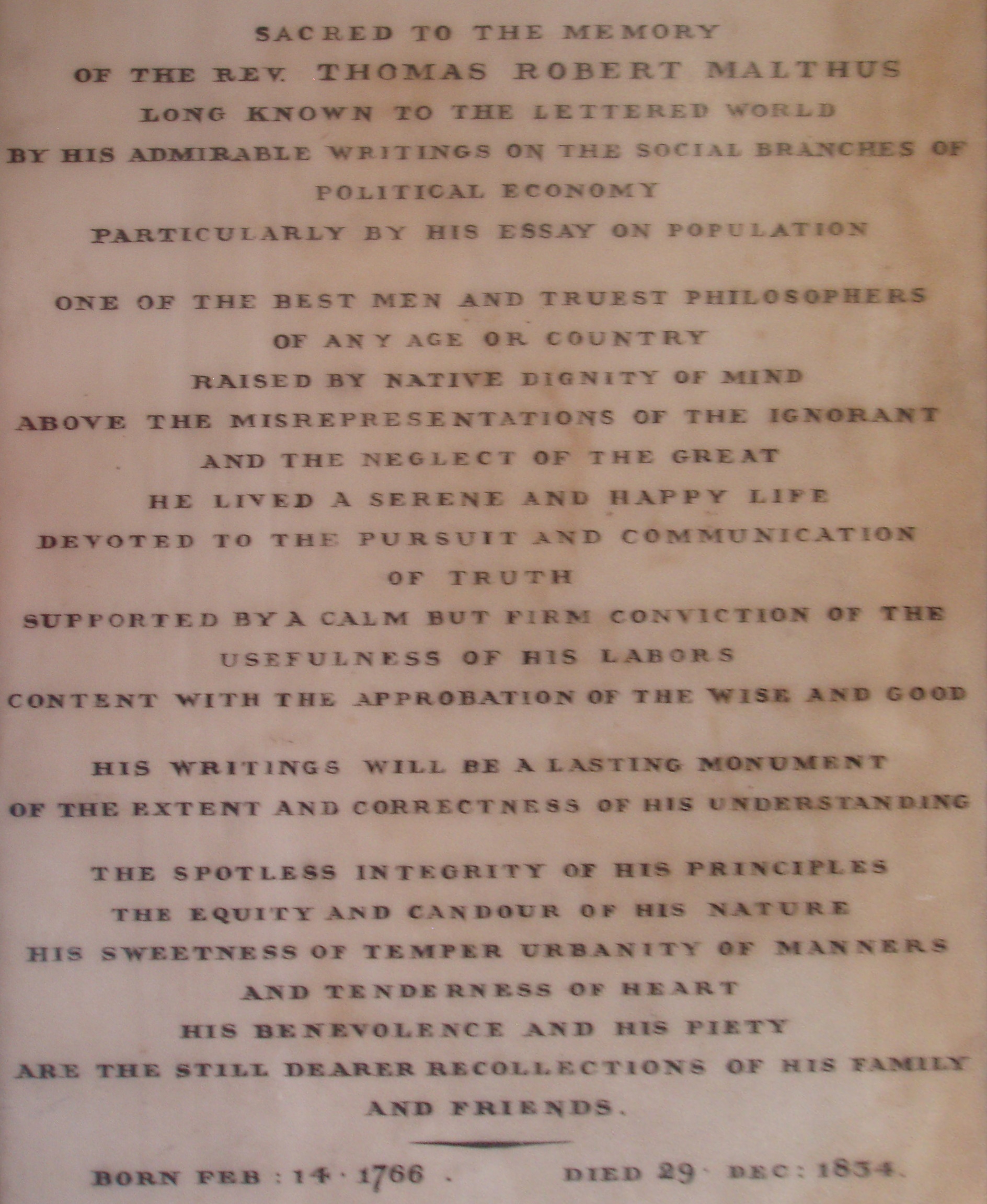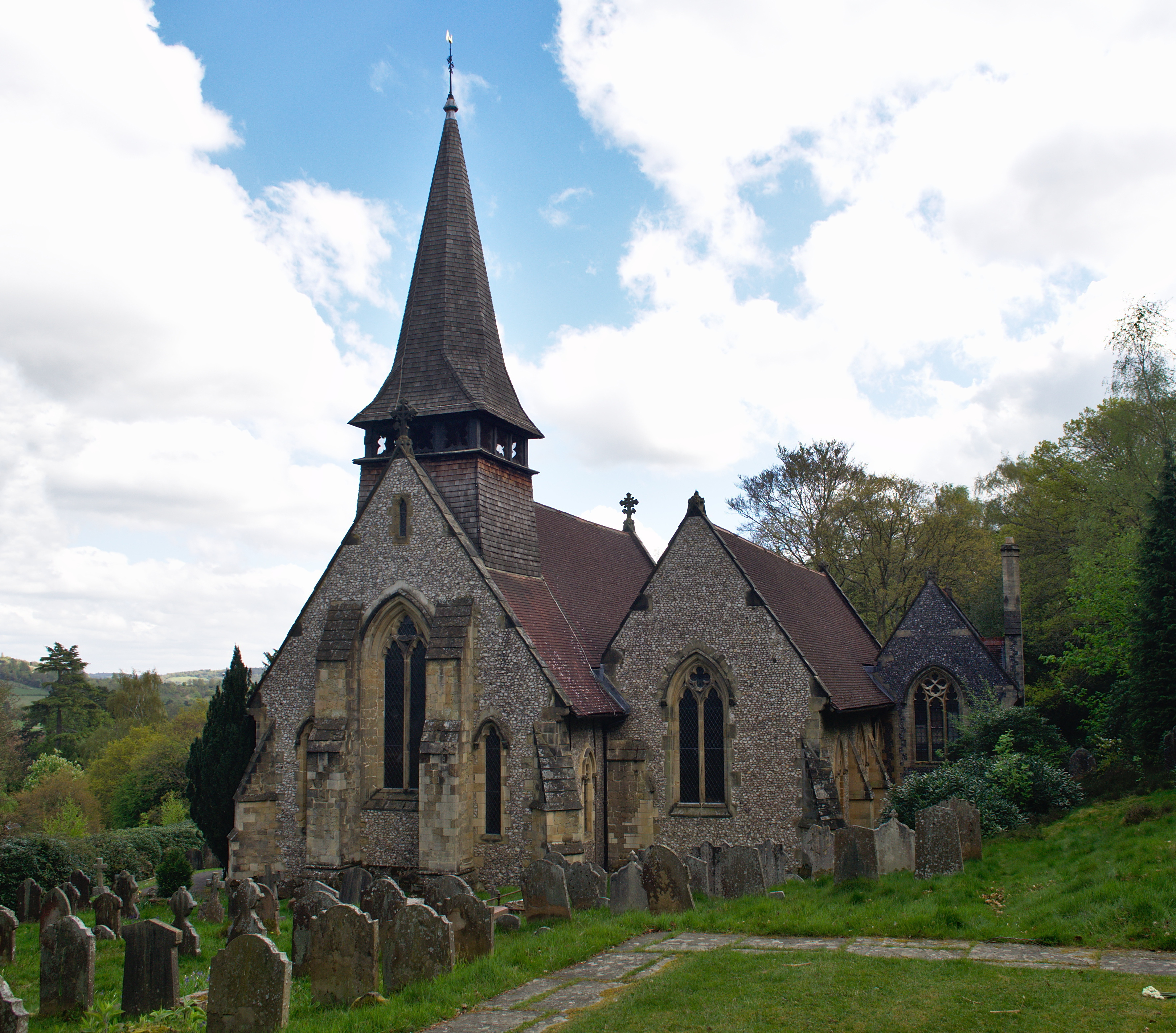|
Richard Fuller (died 1782)
Richard Fuller ('' c.'' 1713 – 2 January 1782) was an English banker and politician. Early life Some sources say he was the third son of the Reverend Joseph Fuller, a Baptist minister of Harwell in Berkshire and his wife Martha Hanson. More likely he was the third surviving son of Thomas Fuller, a landowner at FitzHarris outside Abingdon, then in Berkshire, and his wife Hester Alder. This makes him the brother of the banker William Fuller and of Martha Fuller (1717–1805) who married the stationer George Flower (1715–1778), becoming the mother of Benjamin Flower and Richard Flower as well as mother-in-law of the Reverend John Clayton. Career With Frazer Honywood in 1737 he became founding partner of a private bank in Lombard Street, City of London, known initially as Atkins, Honeywood & Fuller. The firm moved to Birchin Lane about 1754 and to Cornhill about 1774. In 1746 it became Honeywood & Fuller and went through several name changes until at his death it was Ric ... [...More Info...] [...Related Items...] OR: [Wikipedia] [Google] [Baidu] |
Circa , a hotel in downtown Las Vegas
...
Circa is a word of Latin origin meaning 'approximately'. Circa or CIRCA may also refer to: * CIRCA (art platform), art platform based in London * Circa (band), a progressive rock supergroup * Circa (company), an American skateboard footwear company * Circa (contemporary circus), an Australian contemporary circus company * Circa District, Abancay Province, Peru * Circa, a disc-binding notebook system * Circa Theatre, in Wellington, New Zealand * Clandestine Insurgent Rebel Clown Army, a UK activist group * Circa News, an online news and entertainment service * Circa Complex, twin skyscrapers in Los Angeles, California * ''Circa'' (album), an album by Michael Cain * Circa Resort & Casino Circa Resort & Casino is a casino and hotel resort in downtown Las Vegas, Nevada, on the Fremont Street Experience. The property was previously occupied by the Las Vegas Club hotel-casino, the Mermaids Casino, and the Glitter Gulch strip club. Ci ... [...More Info...] [...Related Items...] OR: [Wikipedia] [Google] [Baidu] |
Steyning (UK Parliament Constituency)
Steyning was a parliamentary borough in Sussex, England, which elected two Members of Parliament (MPs) to the House of Commons sporadically from 1298 and continuously from 1467 until 1832. It was a notorious rotten borough, and was abolished by the Great Reform Act. History The borough comprised the small market town of Steyning in Sussex, which consisted of little more than a single long street; yet despite its size it not only elected its own two MPs but contained most of the borough of Bramber, which had two of its own. (Between the 13th and 15th centuries, Bramber and Steyning were a single borough returning MPs to most Parliaments, sometimes called by one name and sometimes by the other, but after 1467 both were separately represented. Until 1792 it was theoretically possible for a house to confer on its occupier a vote in both boroughs.) In 1831, the population of the borough was just over 1,000, and the town contained 218 houses. At the time of the Reform Act, the right ... [...More Info...] [...Related Items...] OR: [Wikipedia] [Google] [Baidu] |
John Thomlinson (MP)
John Thomlinson (1692–1761) was an English clergyman best known for his diary, covering 1715 to 1722. Life Thomlinson was born in the small farming village of Blencogo, near Wigton, Cumberland, on 29 September 1692, the eldest son of William Thomlinson (1657–1743). He was educated at Appleby-in-Westmorland and at St John's College, Cambridge, matriculating in 1709. Ordained a deacon in 1717, he obtained a curacy at Rothbury, Northumberland to one of his uncles, also John Thomlinson (1651–1720), who was rector there. He remained at Rothbury after his uncle's death in 1720, and in 1721, for unknown reasons, he moved to Navestock, Essex. The following year he was appointed rector of Glenfield, Leicestershire, doubtless thanks to his marriage to Catherine Winstanley, the daughter of his patron, James Winstanley of Braunston, Rutland. Thomlinson held this post until his death in Glenfield on 5 February 1761. The Diary The diary was started in 1715 while Thomlinson was at Cambrid ... [...More Info...] [...Related Items...] OR: [Wikipedia] [Google] [Baidu] |
Berwickshire
Berwickshire ( gd, Siorrachd Bhearaig) is a historic county, registration county and lieutenancy area in south-eastern Scotland, on the English border. Berwickshire County Council existed from 1890 until 1975, when the area became part of the Borders region, with most of the historic county becoming part of the lower-tier Berwickshire district. Berwickshire district was abolished in 1996, when all the districts in the Borders region merged to become the Scottish Borders council area. The county takes its name from Berwick-upon-Tweed, its original county town, which was part of Scotland at the time of the county's formation in the twelfth century, but became part of England in 1482 after several centuries of swapping back and forth between the two kingdoms. After the loss of Berwick, Duns and Greenlaw both served as county town at different periods. The low-lying part of Berwickshire between the Tweed and the Lammermuirs is known as "the Merse", from an old Scots word for a ... [...More Info...] [...Related Items...] OR: [Wikipedia] [Google] [Baidu] |
Eastcote
Eastcote is a suburban area in the London Borough of Hillingdon, in northwest London. In the Middle Ages, Eastcote was one of the three areas that made up the parish of Ruislip, under the name of Ascot. The name came from its position to the east of the parish. While no historically significant events have taken place in Eastcote, there are links to past events in the history of Britain. One such example is of Lady Mary Bankes, who lived in Eastcote for a time, and led the defence of Corfe Castle in Dorset against the Roundheads during the English Civil War. Eastcote also housed an outstation of the Bletchley Park codebreaking activities during the Second World War, with several codebreaking computers in use. This operation became the precursor to GCHQ, which remained in Eastcote after the war until the department moved to purpose-built buildings in Cheltenham in 1952. By the turn of the 20th century, the recorded population was around 600; this had reached for the ward i ... [...More Info...] [...Related Items...] OR: [Wikipedia] [Google] [Baidu] |
Highgrove House, Eastcote
Highgrove House, also known as High Grove House or High Grove, is a Grade II listed mansion in the suburban area of Eastcote, within the London Borough of Hillingdon. Originally built in 1750 by the Reverend John Lidgould, the house was rebuilt in 1881 by Sir Hugh Hume-Campbell following a catastrophic fire. Along with Haydon Hall and Eastcote House, Highgrove was one of the three main houses of Eastcote and eventually became a residential hostel for homeless families, run by the local council from the 1960s until 2007. An area of the estate was sold to the local council in 1935 by the then-owner Eleanor Warrender to become what is now Warrender Park. In 1975, the house was granted Grade II listed status on account of its special architectural character. The house was subsequently closed as a hostel by the council and sold for £1.295m to Westcombe Estates. Planning permission was granted to the new owners in January 2007 for the conversion of the building into a luxury housi ... [...More Info...] [...Related Items...] OR: [Wikipedia] [Google] [Baidu] |
Dorking
Dorking () is a market town in Surrey in South East England, about south of London. It is in Mole Valley District and the council headquarters are to the east of the centre. The High Street runs roughly east–west, parallel to the Pipp Brook and along the northern face of an outcrop of Lower Greensand. The town is surrounded on three sides by the Surrey Hills Area of Outstanding Natural Beauty and is close to Box Hill and Leith Hill. The earliest archaeological evidence of human activity is from the Mesolithic and Neolithic periods, and there are several Bronze Age bowl barrows in the local area. The town may have been the site of a staging post on Stane Street during Roman times, however the name 'Dorking' suggests an Anglo-Saxon origin for the modern settlement. A market is thought to have been held at least weekly since early medieval times and was highly regarded for the poultry traded there. The Dorking breed of domestic chicken is named after the town. The loca ... [...More Info...] [...Related Items...] OR: [Wikipedia] [Google] [Baidu] |
Thomas Robert Malthus
Thomas Robert Malthus (; 13/14 February 1766 – 29 December 1834) was an English cleric, scholar and influential economist in the fields of political economy and demography. In his 1798 book '' An Essay on the Principle of Population'', Malthus observed that an increase in a nation's food production improved the well-being of the population, but the improvement was temporary because it led to population growth, which in turn restored the original per capita production level. In other words, humans had a propensity to utilize abundance for population growth rather than for maintaining a high standard of living, a view that has become known as the "Malthusian trap" or the "Malthusian spectre". Populations had a tendency to grow until the lower class suffered hardship, want and greater susceptibility to war famine and disease, a pessimistic view that is sometimes referred to as a Malthusian catastrophe. Malthus wrote in opposition to the popular view in 18th-century Europe tha ... [...More Info...] [...Related Items...] OR: [Wikipedia] [Google] [Baidu] |
Surrey
Surrey () is a ceremonial and non-metropolitan county in South East England, bordering Greater London to the south west. Surrey has a large rural area, and several significant urban areas which form part of the Greater London Built-up Area. With a population of approximately 1.2 million people, Surrey is the 12th-most populous county in England. The most populated town in Surrey is Woking, followed by Guildford. The county is divided into eleven districts with borough status. Between 1893 and 2020, Surrey County Council was headquartered at County Hall, Kingston-upon-Thames (now part of Greater London) but is now based at Woodhatch Place, Reigate. In the 20th century several alterations were made to Surrey's borders, with territory ceded to Greater London upon its creation and some gained from the abolition of Middlesex. Surrey is bordered by Greater London to the north east, Kent to the east, Berkshire to the north west, West Sussex to the south, East Sussex to ... [...More Info...] [...Related Items...] OR: [Wikipedia] [Google] [Baidu] |
Westcott, Surrey
Westcott is a semi-rural English village and former civil parish west of the centre of Dorking on the A25 between the North Downs and Greensand Ridge, making it one of the 'Vale of Holmesdale' villages (greatly in Westcott an AONB) and is in Surrey in the direction of Guildford. It is served by a local bus service and is from Dorking West railway station on the North Downs Line. Topography The village rainwater drains into the midsection of the Pipp Brook which comes from Wotton Common and sources in the parish (rising at its furthest source south at Leith Hill). The stream then flows past the village centre near its northern farmland, flowing into Dorking and discharging at the lowest part of Dorking's former other chapelry in Pixham. The village is dominated by its main road, the A25 and rests in a valley at the foot of the steep slopes of Ranmore and the North Downs to the north and Greensand Ridge to the south. Some of the village is in the Surrey Hills AONB a ... [...More Info...] [...Related Items...] OR: [Wikipedia] [Google] [Baidu] |
1774 British General Election
The 1774 British general election returned members to serve in the House of Commons of the 14th Parliament of Great Britain to be held, after the merger of the Parliament of England and the Parliament of Scotland in 1707. Lord North's government was returned with a large majority. The opposition consisted of factions supporting the Marquess of Rockingham and the Earl of Chatham, both of whom referred to themselves as Whigs. North's opponents referred to his supporters as Tories, but no Tory party existed at the time and his supporters rejected the label. Summary of the constituencies See 1796 British general election for details. The constituencies used were the same throughout the existence of the Parliament of Great Britain. Dates of election The general election was held between 5 October 1774 and 10 November 1774. North's ministry pushed for elections to occur in 1774 (instead of the originally planned 1775) in part due to wanting to avoid having an election coincide with in ... [...More Info...] [...Related Items...] OR: [Wikipedia] [Google] [Baidu] |
Hampshire
Hampshire (, ; abbreviated to Hants) is a ceremonial county, ceremonial and non-metropolitan county, non-metropolitan counties of England, county in western South East England on the coast of the English Channel. Home to two major English cities on its south coast, Southampton and Portsmouth, Hampshire is the 9th-most populous county in England. The county town of Hampshire is Winchester, located in the north of the county. The county is bordered by Dorset to the south-west, Wiltshire to the north-west, Berkshire to the north, Surrey to the north-east, and West Sussex to the south east. The county is geographically diverse, with upland rising to and mostly south-flowing rivers. There are areas of downland and marsh, and two national parks: the New Forest National Park, New Forest and part of the South Downs National Park, South Downs, which together cover 45 per cent of Hampshire. Settled about 14,000 years ago, Hampshire's recorded history dates to Roman Britain, when its chi ... [...More Info...] [...Related Items...] OR: [Wikipedia] [Google] [Baidu] |





